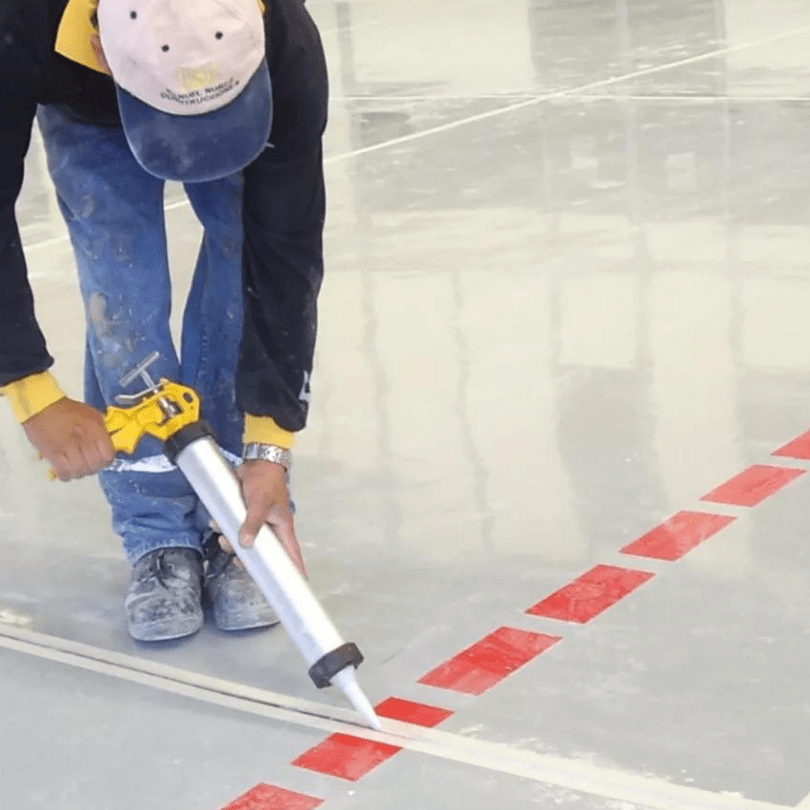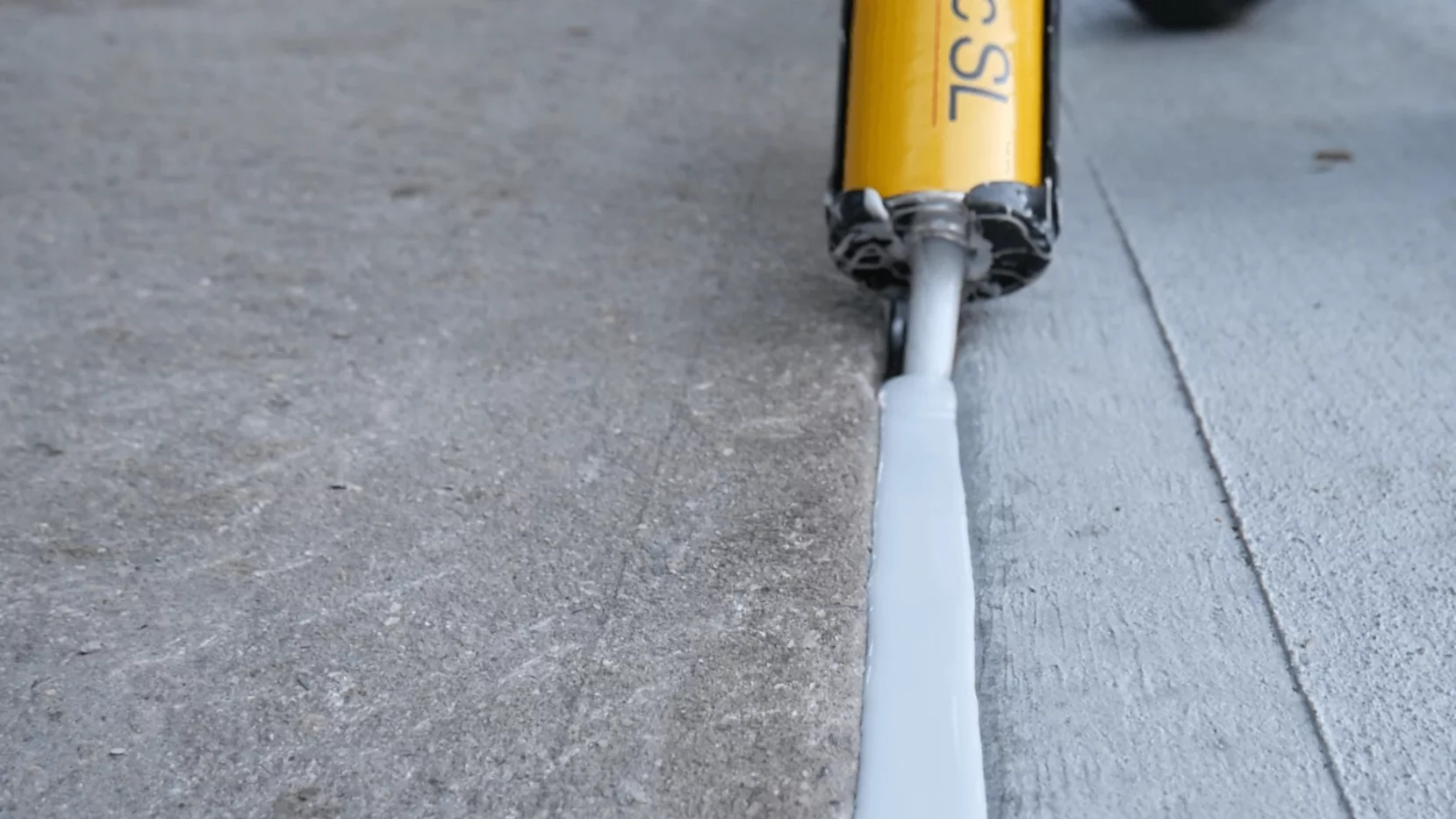"Protect your investments with precision. Our silicone sealants offer unmatched durability and weather resistance."

What is Joint sealants and seals?
Joint sealants and seals are indispensable in the construction industry, serving as crucial elements to establish robust barriers against water, air, dust, and noise infiltration. By effectively sealing gaps and joints, these materials safeguard structures from moisture damage and maintain indoor air quality. Their flexibility accommodates structural movements and temperature variations without compromising the seal’s integrity. Beyond functionality, they enhance the aesthetic appeal of buildings by providing clean, finished edges and seamless transitions. Additionally, these sealants contribute to sustainable construction practices by improving energy efficiency through reduced air leakage. Their resilience against weathering, UV radiation, and chemical exposure ensures long-term performance and minimizes maintenance costs. Trusted for their reliability, they meet stringent building codes and standards, offering peace of mind to architects, builders, and property owners alike.
Benefits of Joint sealants and seals

Waterproofing
Provides a watertight seal that prevents water ingress, protecting building interiors from moisture damage.

Flexibility
Accommodates building movement and temperature fluctuations without compromising seal integrity

Durability
Resistant to weathering, UV radiation, and chemical exposure, ensuring long-lasting performance.

Cost-Effective
Reduces maintenance costs by preventing costly repairs associated with water damage and energy loss.

Our Flow of Work
-
Initial Assessment: Conduct a thorough inspection of the building or structure to identify areas requiring sealing, such as joints, gaps, and penetrations.
- Preparation: Clean and prepare the surfaces to ensure they are free from dust, debris, and contaminants, which can affect adhesion.
- Selection of Sealants: Choose the appropriate sealants based on the specific requirements of the project, including factors like substrate material, joint width, and environmental conditions.
- Sealant Application: Apply the selected sealants using industry-standard tools and equipment, ensuring proper coverage and adhesion to achieve a durable seal.
-
Curing and Inspection: Allow sufficient time for sealants to cure as per manufacturer recommendations, and perform final inspections to ensure seals are intact and effective.